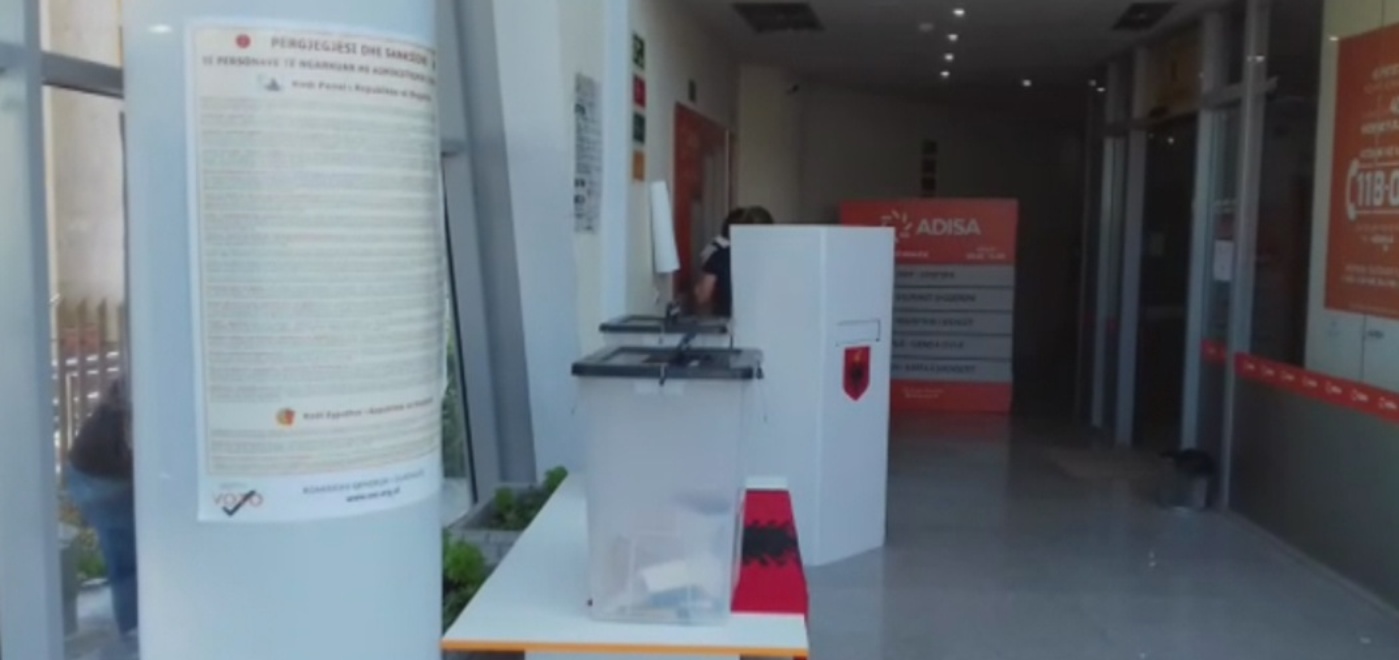
The vote of Albanian voters is shrinking more and more. This phenomenon has been noticed in almost every last electoral process in the country, but it seems to have been proven right in the electoral process held yesterday, in the framework of the general elections of 25 June 2017. At the end of the voting process, the Central Election Commission communicated last night the official figure of turnout in the polls on a national level, covering at least half of the polling stations and the figure was 45.7%. This figure, in fact, is lower than the one in the previous general elections of 2013, when it was confirmed to be 53%, notably, a little more than half of Albanians eligible voters and who exerted this legal right. But, this year, not even half of them participated in the voting process, thus reflecting a constant drop in turnout. Perhaps also due to the fact that election day this time coincided with Eid, making many believers stay away from the voting process to focus at the celebration of this important holiday for them. Another reason for the low turnout of Albanian voters may relate to the fact that yesterday was a day that was accompanied with high temperatures throughout the entire country, therefore, many people have chosen this day as an ideal Sunday to go to the beach, without disrupting their agenda to head to the polling stations.
But we cannot even rule out the fact that people are more and more losing their confidence on the political class which is ruling the country. All of these reasons, which, besides from taking fewer Albanians to polling stations, forced the Central Election Commission to decide last night to postpone the voting process nationwide for an hour, namely, from 7 am to 8 pm, as the final closing hour for the voting process. However, although this decision may have led to an increase in turnout, it could not exceed the total level of turnout registered in the last elections. This concern has also been raised by the Central Election Commission yesterday, while in different hours of the day, it has communicated low turnout figures.
Historical trend, how has turnout fallen from one year to another
It can easily be considered a historical trend, because turnout in the polls has been falling during the entire history of elections nationwide, held in the past 27 years of democracy. Its maximum level was in 1991, namely 99%, followed by 92% in 1992 and then with the elections of 1996 and 1997, when these figures were still high, but the falling trend had started to emerge, namely with 89% and 73%. This phenomenon may also relate to the communist heritage of our country during those years, which were still close in time to the period when Albanians had the legal obligation to vote and turnout was almost always at 100%, with the exception of extreme cases. This sort of trend started to grow out as a “myth” in the 2000s, when elections in Albania started to register a low turnout, which was approximately half of the total number of eligible voters. So, figures indicate that in the 2001 general elections, turnout was 55%, in 2005 it was 49%, in 2009 it was 51%, while in the last elections, in 2013, this figure was 53%.
Dibra, the district with the highest turnout of voters
The district of Dibra seems to be the district where people have respected the right of vote more than anywhere else. This, based on the data released by the Central Election Commission regarding turnout in yesterday’s polls, which confirm that this is the district with the highest level of turnout in the elections nationwide, namely with 55% (referring to the information for half of polling stations on a national level). Meanwhile, district of Dibra is followed by the district of Kukes, where turnout was 53.8%. So, this northeastern district of the country seems to be more engaged in yesterday’s voting process, compared to the south of the country, which has registered the lowest numbers of turnout in the elections. Referring to the Central Election Commission, the district of Vlora had the lowest turnout with 36%. Vlora is followed by the district of Gjirokastra, where the turnout in the elections was 46%. Meanwhile, the district of Tirana seems to have had a turnout level of 48.6%.
GENDER
By comparing the ballots that have been cast in the ballot boxes, in terms of gender, it results that women have voted less than men even in these parliamentary elections, the same as in the last elections of 2013, when men seem to be more in number in terms of the number of voters, with 60% men and only 40% women. Referring to this year’s elections, according to the data confirmed by the Central Election Commission for around half of polling stations nationwide, women seem to account for 27% of the total number of voters, as opposed to 73% men. This shows that gender equality in Albania has not yet been achieved not only in the participation of women in politics and decision making, but even when they vote.
